
Alaska’s Southern Coast Is Rocked by a Strong Earthquake—and a Sobering Reminder for the Area
On what appeared to be a typical Wednesday, a strong earthquake with a Richter scale value of 7.3 abruptly woke up Alaska’s southern coastline. More than just a physical shock, the tight 30-second tremor sent a disturbing warning to this large, thinly populated region, causing a tsunami alarm and placing officials and locals on high alert.
Epicenter and Prompt Responses
About 54 miles south of Sand Point, a tiny settlement at the point of the Alaska Peninsula, was where the earthquake’s epicenter was located. The actual Sand Point is located more than 400 miles southwest of Anchorage, the biggest city in Alaska. The quake’s effects were felt all around the peninsula, even though it was far from any significant population areas.
The very shallow depth of the earthquake—just around 20 kilometers below the surface of the earth—was what made this event especially concerning. Seismologically speaking, shallow earthquakes frequently produce more intense shaking around the core, posing a higher risk to nearby infrastructure and communities. That is precisely what was reported: locals experienced severe shaking, and multiple aftershocks remained in the area far into the night and early the next day, keeping people on edge.
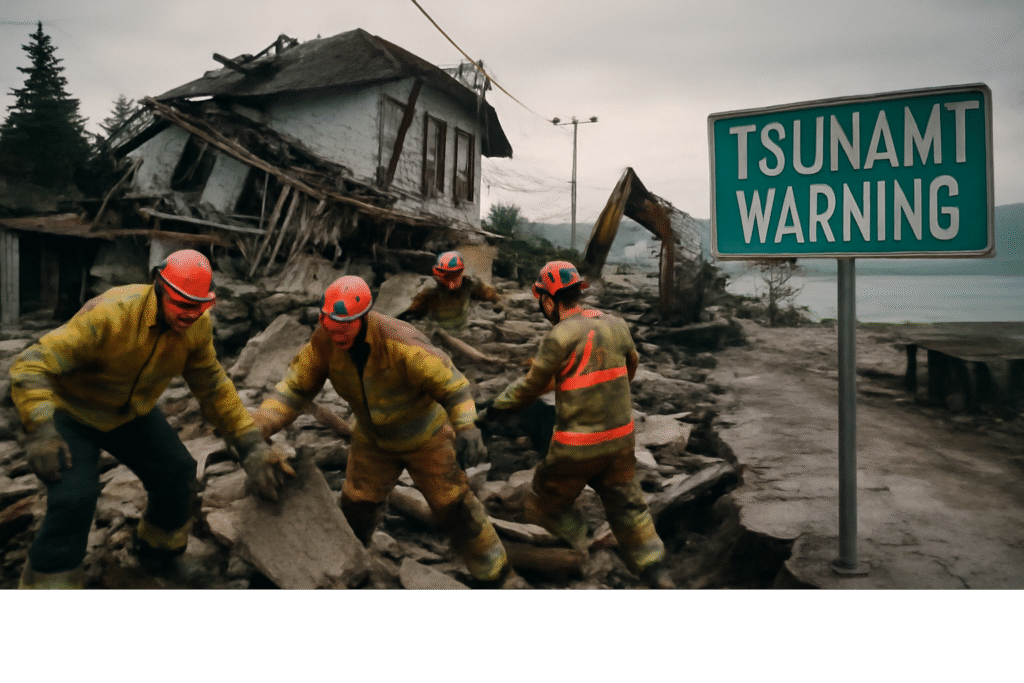
There is a tsunami warning.
The U.S. National Tsunami Warning Center (NTWC) wasted little time in issuing a tsunami alert that covered the southern Alaskan coast and the peninsula within minutes after the initial shock. Areas from Kennedy Entrance southwest of Homer to Unimak Pass northeast of Unalaska were under the alert. “This is always more likely in our area because we’re right by the ocean, and the Pacific tectonic movements here are especially active,” one local official said in a concise manner.
Although information on wave heights and potential damages was not immediately available, NTWC stated that some tsunami activity had been seen after the earthquake. Crucially, officials stressed that no warnings or threats appeared to extend to the wider Pacific; at least for the time being, the tsunami threat seemed to be restricted to the Alaskan coast. Officials in other countries, including as Japan, also kept a careful eye on events, looking for any indications of more tsunamis or aftershocks.
Alaska: Surrounded by the Ring of Fire
Alaska occupies a particularly dangerous position within the Pacific “Ring of Fire,” an arc infamous for frequent earthquakes and volcanic eruptions. The Pacific Plate is the largest of three enormous tectonic plates that converge in this area. In Alaska, earthquakes are inevitable due to these tense fault lines. Although there are several tremors in the state each year, large, devastating ones like the one that occurred recently are fortunately uncommon.
Nevertheless, Alaska has a dismal seismic past. Here, some of the most powerful earthquakes in North America have occurred. The terrible Great Alaska Earthquake of 1964, which had a magnitude of 9.2 on the Richter scale, effectively destroyed Anchorage, caused fatal tsunamis, and killed more than 250 people. It continues to be the strongest North American earthquake ever recorded. Despite being decades apart, these significant occurrences have ingrained in Alaskans’ collective memory a sense of constant alertness. For locals, being prepared for disasters is a daily reality, not simply a government goal.

Recent Earthquakes and Alaska’s Preparations
The peninsula was hit by another strong 7.2 magnitude earthquake in July 2023, less than a year before to this most recent incident. Fortunately, there was little disturbance and, amazingly, no fatalities. Experts pointed out that the last earthquake was particularly concerning because of its shallower depth, which increased the risk of possible damage and—above all—a catastrophic tsunami.
Strong aftershocks are nothing new in Alaska, and the psychological effects of “the big one” are always a threat. The frequent earthquakes in the area serve as sobering reminders of the constant risks associated with residing above the most seismically active areas in the globe.
However, Alaska is the state that has adjusted to these circumstances the best. Officials and residents have developed a thorough awareness of the requirements for earthquake safety. Local governments work relentlessly to inform the people on how to react in the event of a crisis, and coastal municipalities have charted evacuation routes for tsunami hazards. First responders often participate in emergency drills and exercises to ensure they are prepared for “the Big One” or any other seismic calamity.
Effects on the Community and Infrastructure
Although the earthquake caused anxiety, it also put infrastructure’s ability to withstand shocks to the test. There have been reports of modest structure and utility damage in the Sand Point area. Comprehensive assessments were still under progress at the time of reporting. In tight coordination, local officials and councils inspected vital infrastructure, including as highways and bridges, to make sure they were still usable for potential evacuation and response requirements.
To keep citizens informed, local administrations proactively cooperated with the National Tsunami Warning Center. The NTWC kept populations updated on tsunami dangers, evacuation routes, and safety precautions through a constant flow of public information releases, or alerts shared on social media and other platforms. Authorities were on high alert, closely monitoring every aftershock and possible ripple in the Pacific, and the tension was evident.
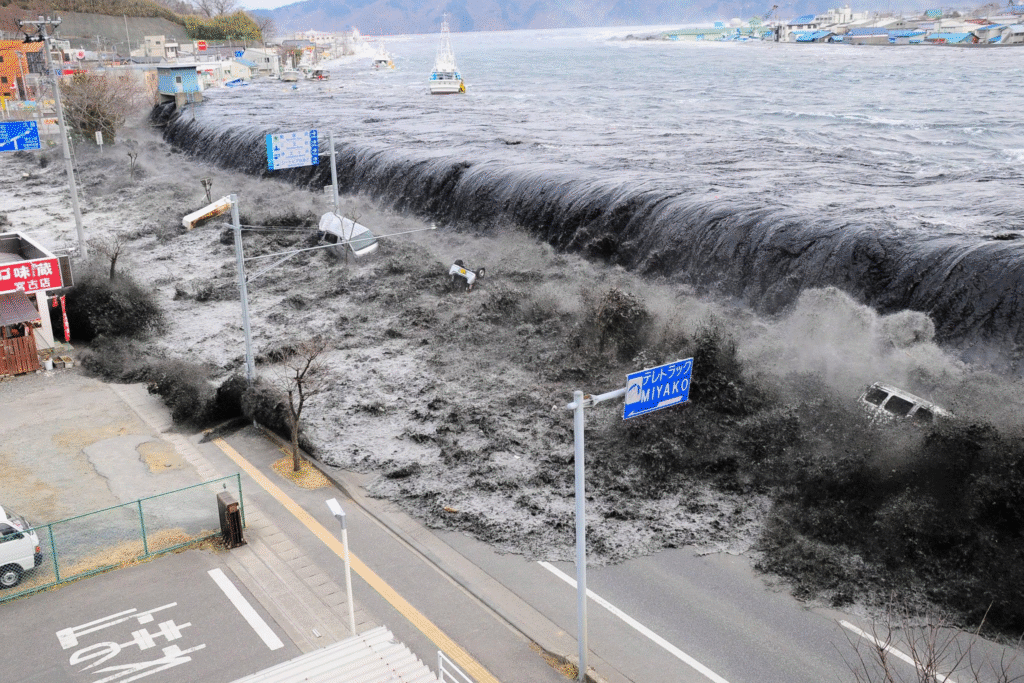
What Happens After a Big Earthquake
Thankfully, the immediate tsunami risk was quickly reduced. Search and rescue crews were still on guard, though. First responders continued searching through the affected areas as the fear of a devastating wave diminished, using information from survivors about the last places they had heard voices or screams for assistance. They carefully examined each piece of information and prepared for the unavoidable repercussions.
Many Alaskans were deeply affected by this incident, which strengthened their faith in the commitment of emergency personnel and local authorities. Their unceasing efforts, which balanced expediency and safety, helped calm agitated nerves and enabled a successful group response to the tragedy.
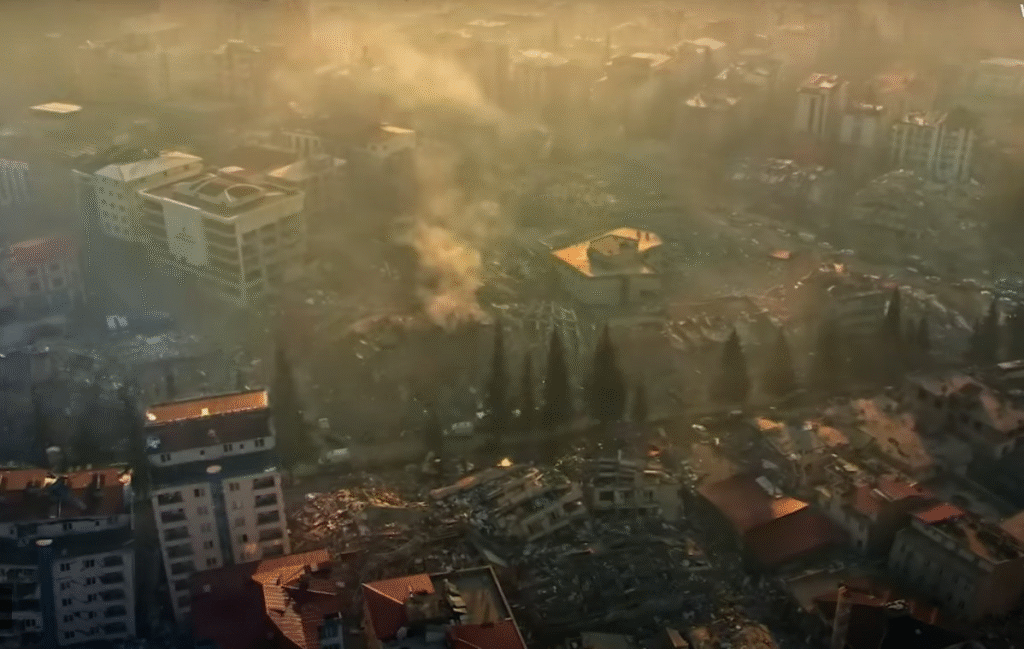
Alaska: A Somber Reminder
The earthquake on Wednesday served as yet another stark warning to residents of the isolated Rat Islands and any other area along this rocky coastline of Alaska’s susceptibility to the fury of nature. Because of its closeness to the Earth’s most geologically active region, the state and its citizens must always prioritize being prepared for earthquakes. These recurring upheavals are a defining feature of Alaskan life; as the ground shifts, so does one’s perception of normalcy, frequently leaving behind an altered and occasionally destroyed environment.
Conclusion: Future-Related Lessons
This time, the main shockwave erupted off the southern coast, spreading a severe warning throughout the area in addition to tremors into Alaskan soil. While the damage from this event was relatively small, the quake powerfully underlined the need for persistent monitoring, preparation, and community engagement.
As the immediate threat subsided, attention turned to healing and reconstruction. Alaska’s constant seismic risk, however, makes complacency unthinkable. Its people can only hope to lessen the unpredictable force of the earth beneath their feet by maintaining a culture of readiness and constant vigilance.
Please let me know if you require any additional information, such as more detailed survivor accounts, a more thorough explanation of Alaska’s geology, or more information on tsunami science.
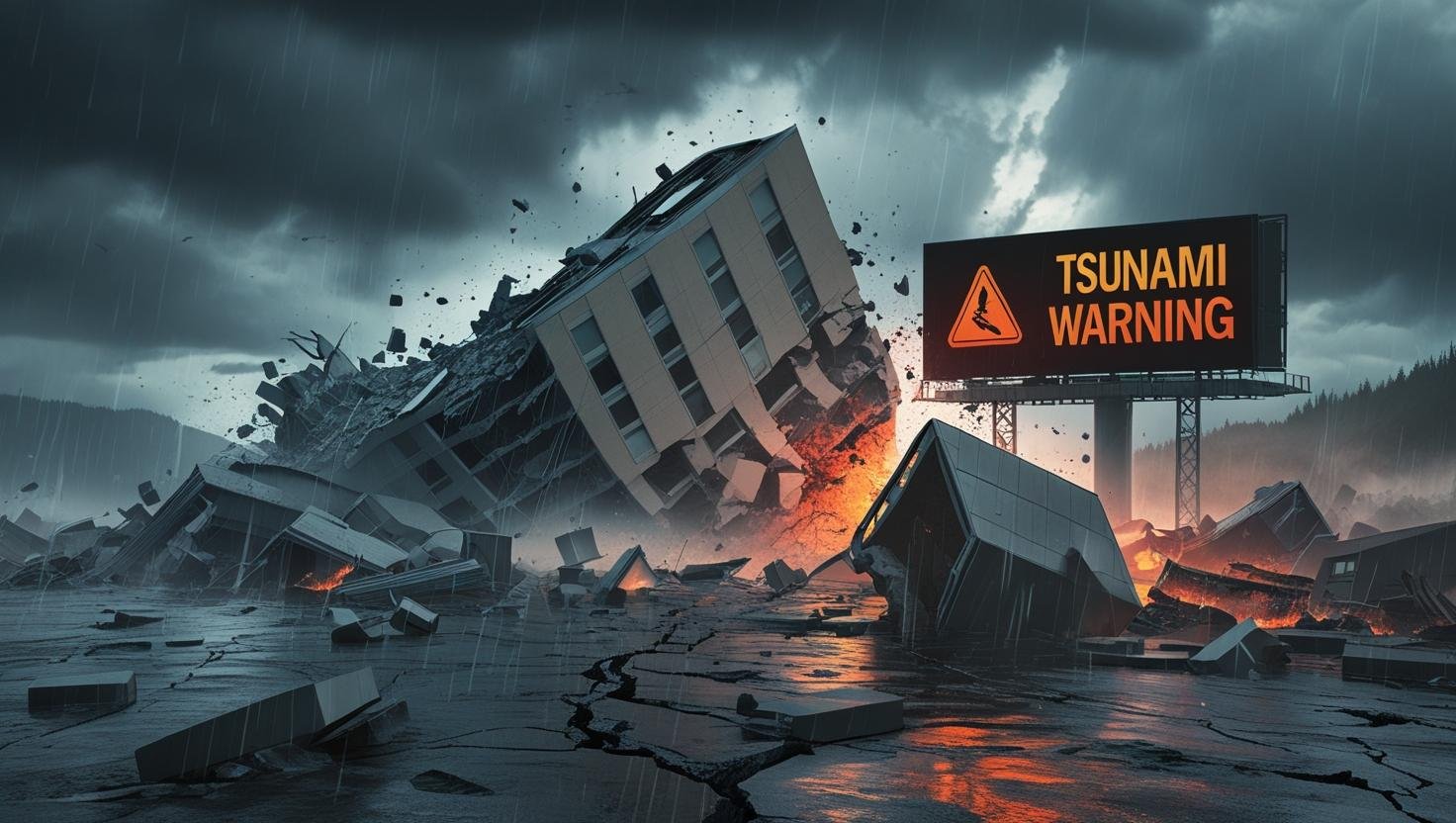

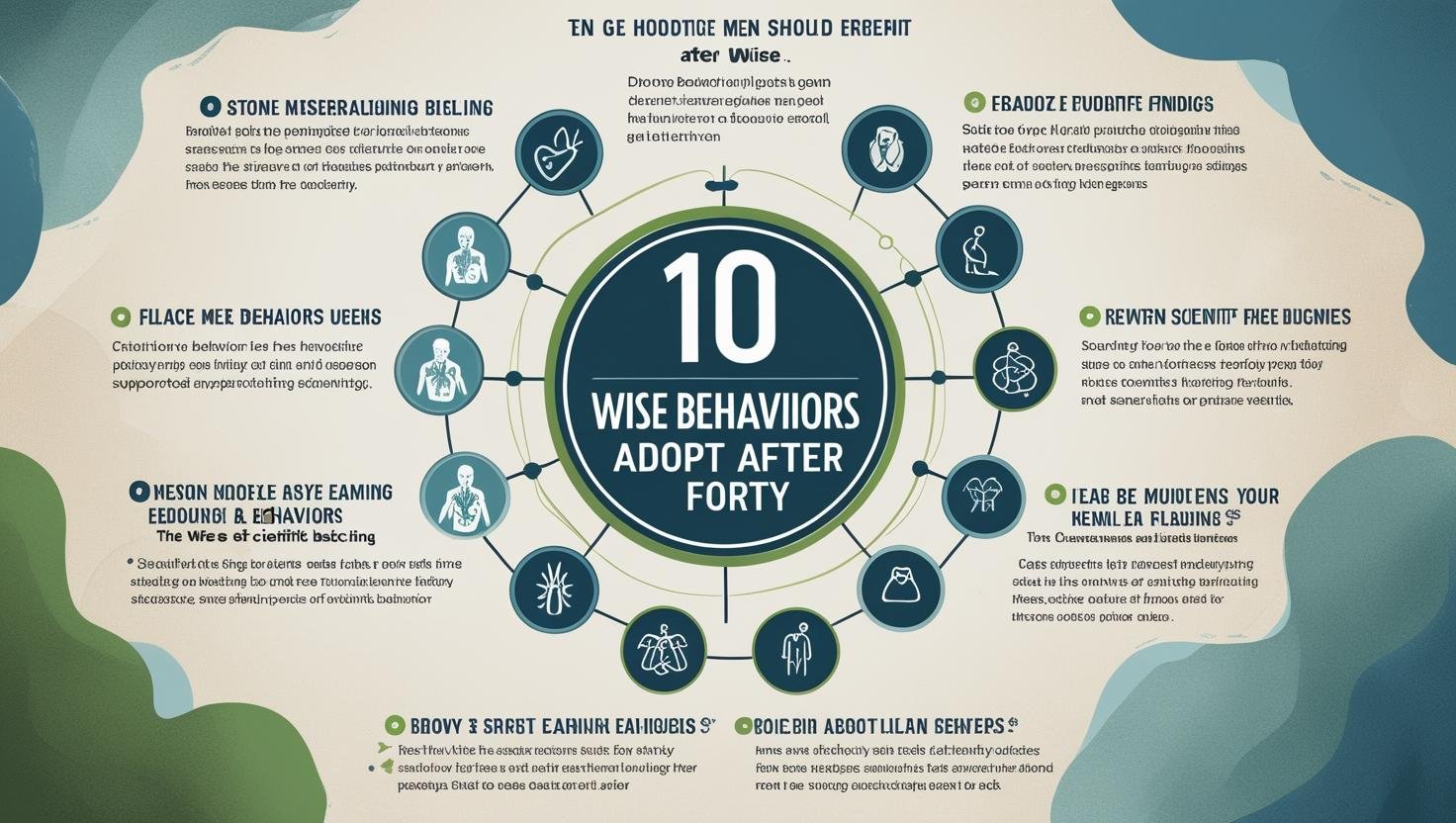








Leave a Reply